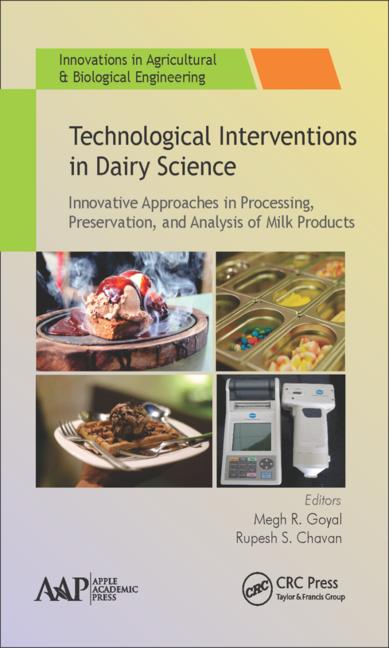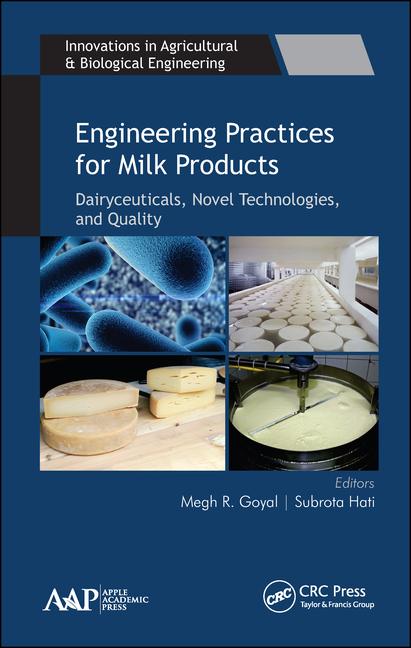Selecting a spray device for clean-in-place equipment
Fixed spray devices, single-axis rotary sprays and multi-axis rotary sprays all offer certain advantages, disadvantages.

Have you ever purchased a hygienic tank for a food processing application and found out after delivery that the spray device included with the tank was not suitable for your application?
Selecting a spray device to clean process equipment is much more than simply putting a sprayball in the top of the tank and hooking up the clean-in-place (CIP) system. For cleaning vessels, the type of spray device, location(s) and flow rate/pressure are the critical criteria for successful cleaning of the process system. The proper spray device(s) must first be selected, and then the CIP supply pump must be specified based on the flow rate and pressure required.
When selecting a spray device, there are many factors to consider:
- Product residues — fluid, viscous, solids, sticky, dried, seeds, pulp, etc.
- Type of equipment — silo, tank, duct, mixer, dryer, evaporator, filler, etc.
- Vessel configuration/size — vertical, horizontal round, rectangular, dimensions.
- Is there an agitator or baffles?
- Will the discharge pipeline clean with the vessel?
- Will the spray device remain in the product?
- Can the product plug the holes or stop a rotary spray device from spinning?
Spray devices may be static sprayballs, single-axis rotary sprays, or multi-axis orbital sprays. There is no “one size fits all” device that will work for every application.
The spray devices in sanitary applications must also be sanitary. The 3-A Sanitary Standard for Spray Devices #78-03 defines the criteria for sanitary sprays, including materials, surface finish, corner radii, cleanability, and more, that are critical for food process equipment.
Fixed spray devices
Fixed spray devices are the most common type of sprays, developed at the advent of CIP cleaning. They are best suited for light residues such as fluid milk, whey, beverages, and other easy-to-remove soils. These devices clean by cascading action combined with the chemical breakdown of the residues.
The advantages of fixed spray devices include their low cost and lack of moving parts to wear. They can direct spray coverage to specific locations, and their spray pattern can be easily customized for the application. These devices also are easy to inspect and maintain.
The disadvantages of fixed spray devices include their low impact on tenacious residues. They also may not provide complete coverage of irregular surfaces, and they have a limited range of spray coverage.
Single-axis rotary sprays
Single-axis rotary sprays are devices that spin due to the reaction of the solutions flowing out of the orifices.
An advantage of single-axis rotary spray devices is they have a higher impact than fixed spray devices for more tenacious residues and also have good coverage of irregular surfaces. The devices offer complete coverage in the spray zone and better cleaning performance at a lower flow rate than fixed sprays.
However, they are easily stopped by any particulates, and their moving parts will wear over time. There also is no simple means to verify rotation in such devices.
Multi-axis rotary sprays
Multi-axis rotary sprays are devices that rotate by the flow of fluid through a turbine or by an external drive. The spray nozzles rotate in an orbit, like a ball of yarn, and can cover large areas with a single device via a 360-degree orbit.
Benefits of these spray devices include their high impact for cleaning difficult residues and good spray coverage across long distances. They also operate at a lower flow rate than other spray devices and have good spray coverage of irregular surfaces.
However, such devices also incur a high initial expense, and wear of moving parts makes inspection and periodic maintenance critical. The devices’ spray nozzles also must go through the full orbit for complete coverage.
Other considerations
Regardless of the spray device selected, the CIP supply system must have a suitable strainer to prevent particulates from plugging or stopping the rotation of the devices.
Multiple sprays are required when there is an agitator, baffles or blind areas in top ports to prevent “shadowing.” To ensure complete coverage of spray applications, a “riboflavin test” can be conducted to confirm the spray device is providing complete coverage of all surfaces by direct impingement, cascading flow or secondary impingement. This does not confirm cleaning performance with the actual product residues, but it does verify that all surfaces have CIP solution coverage.
It is recommended that users test the application in advance to ensure the spray devices selected will provide the necessary coverage and confirm the cleaning performance under the actual conditions of operation and CIP.
3-A Sanitary Practice 605-05 includes the recommended criteria for CIP of processing equipment. See all documents available for purchase and a list of all spray device suppliers with 3-A Symbol authorization at www.3-a.org.
Looking for a reprint of this article?
From high-res PDFs to custom plaques, order your copy today!









